Content

Livestock Industry Solution
Update: 05/07/2022
Share:




Treatment of wastewater in livestock farming using what technologies? This is an issue that attracts the attention of many units operating in this field. So, what are the origins, characteristics, properties, and technologies? Let's find out in the following article:
Origin of wastewater in livestock farming
Livestock wastewater is water formed and discharged from the livestock farming process of households, livestock farms, etc.
According to experts, the majority of livestock wastewater is generated from livestock farming activities such as cattle, poultry, aquaculture, including: Buffalo, cows, pigs, chickens, shrimp, fish, ducks, geese...
.jpg)
Specifically, wastewater arises from the following processes:
- Urine, feces, excess feed of livestock, poultry, aquaculture
- Wastewater from cleaning stables, changing water...
- Domestic wastewater from farm workers.
In particular, pig farming wastewater discharges over 80 million tons of wastewater annually.
Characteristics and properties of livestock wastewater
Each type of livestock and animal will generate wastewater with different characteristics. However, they include the following basic components:
- Organic substances account for over 70% of the components in wastewater. These include various proteins, amino acids, fats, cellulose.
- Inorganic substances account for 20 - 30% of the components in wastewater. Typical examples include: Inorganic salts, Chloride, soil impurities, urea, ammonia...
There are also some impurities from the process of cleaning stables, cleaning livestock tools... However, the amount is negligible.
Standards in livestock wastewater treatment
According to legal regulations, households, livestock farms must be responsible for implementing and complying with the regulations issued in the document: QCVN 62-MT:2016/BTNMT.
This regulation applies to individuals, organizations, and businesses operating in the livestock industry.
The maximum value of pollution indices in wastewater that can be received is calculated by the formula:
Cmax = C x Kq x Kf.
Explanation of parameters:
C: is the value of pollution parameters in livestock wastewater.
Kq: Coefficient of wastewater source reception.
Kf: Flow rate system of wastewater source.
Specifically, the table of parameter values in livestock wastewater is as follows:
.jpg)
Most effective methods of livestock wastewater treatment
Using biogas digestion system
Biogas tanks are facilities for treating wastewater by anaerobic digestion. The advantages of this method are as follows:
- Can limit the discharge of livestock wastewater into the environment.
- Converts harmful substances into fuel for combustion or electricity for lighting.
- The sludge in the biogas tank can be used as fertilizer for crops. These crops have high nutrient content, good for soil and plants.
.jpg)
However, this method also has the disadvantage of only moderately treating pollution and odors. It cannot completely eliminate pollutants like COD at 1000mg/m3. Additionally, this method also generates nitrogen gas, phosphorus...
Using plants to treat livestock wastewater
The advantages of this method are:
- High efficiency.
- Cost-effective, environmentally friendly.
- Creates a beautiful landscape for the surrounding environment.
- Simple technology, natural raw materials readily available.
The mechanism is as follows: Livestock wastewater is treated with coarse sludge, large debris by a trash screen. Then, they will be transferred to a aquatic plant pond. Here, organic and inorganic substances will become nutrients for plant growth and development.
.jpg)
Some types of plants used to treat wastewater in livestock farming include: Water hyacinth, water bamboo, sesame, mosquito grass, water coconut... In general, these are plants with high adaptability, fast growth in polluted environments...
Biological filtration method
Biological filtration is a highly favored solution in livestock wastewater treatment. Because this method is considered to be highly applicable, easy to implement, and cost-effective.
The mechanism of biological filtration is to combine a biogas tank system with an anaerobic digestion tank with a sludge settling compartment. Then, biological pumping is carried out to start the circulation filtration process.
.jpg)
In this filtration process, 20% - 30% of the wastewater is sent back to the settling tank. The rest will flow into the aquatic pond. After storing water for 10 days, the wastewater is discharged into the drainage system.
Activated sludge method - Aerobic and Anaerobic
The activated sludge method combined with aerobic and anaerobic compartments will simultaneously remove all organic substances and nitrogen gas.
The nitrate process occurs in the aerobic compartment. Meanwhile, the reduction process will take place in the anaerobic compartment. The compartments can be divided to utilize the carbon source in livestock wastewater.
.jpg)
The activated sludge method with aerobic and anaerobic compartments is considered to be highly effective, cost-effective, and thorough in treating livestock wastewater.
Oxidation ditch method
The oxidation ditch method provides high efficiency. At the same time, the operation mechanism is simple, energy-saving. During the process of treating wastewater in livestock farming using the oxidation ditch, it can produce less sludge. However, it still treats both organic substances and toxic gases.
.jpg)
In general, this method is widely applied in many small and medium-sized family farms in the livestock industry.
Above is our sharing about livestock wastewater treatment. We hope that the information we provide has helped you understand more about suitable treatment methods and make the most appropriate choices. If you need further advice, please contact us for the most necessary support.
Update: 05/07/2022
Share:








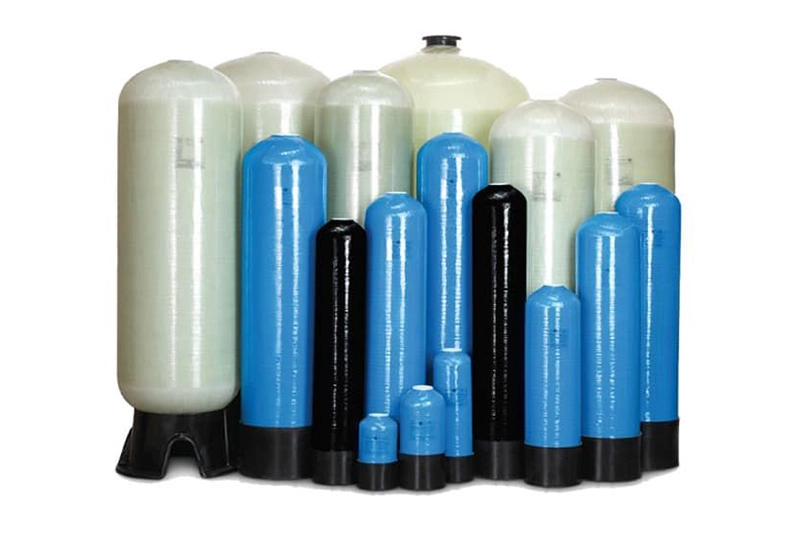
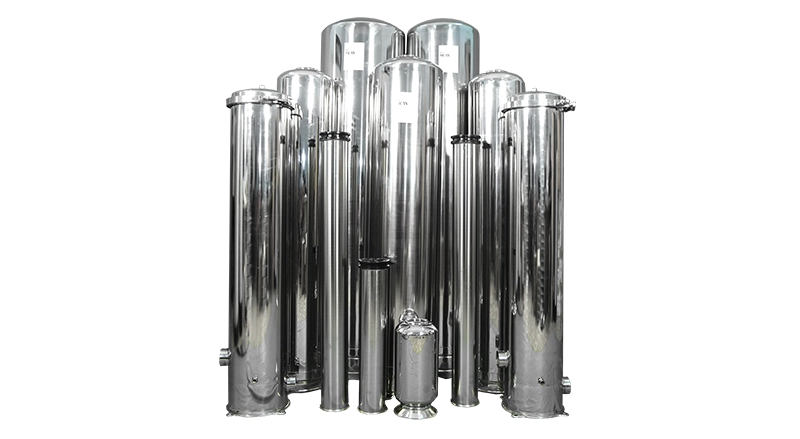
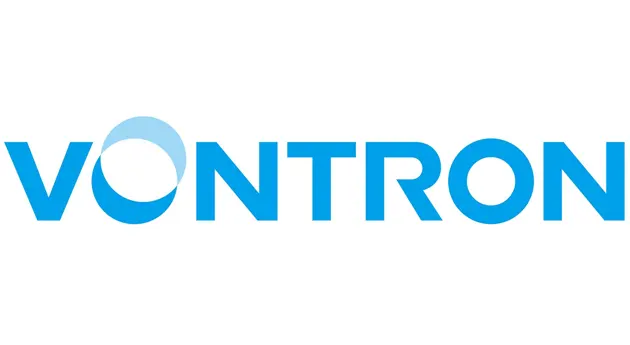
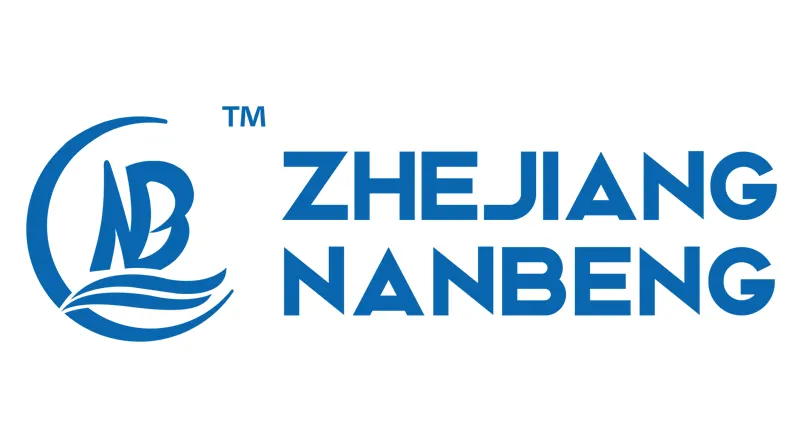
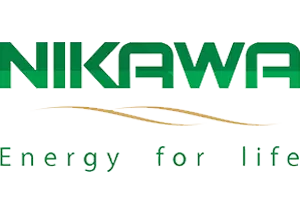
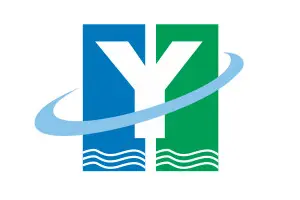
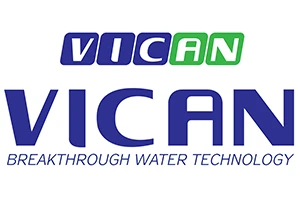
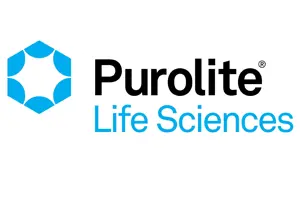





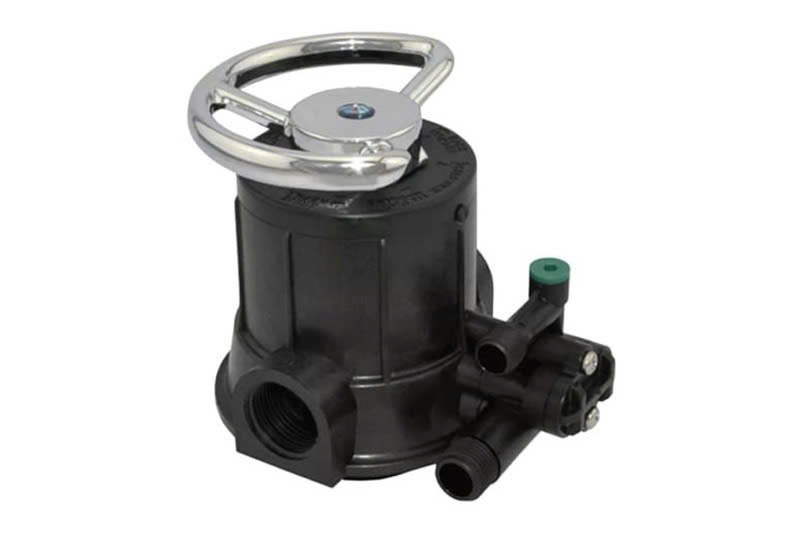
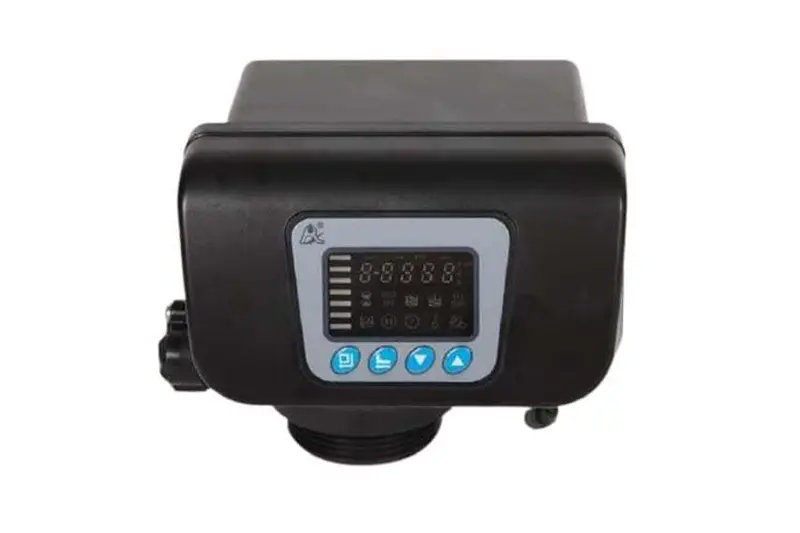



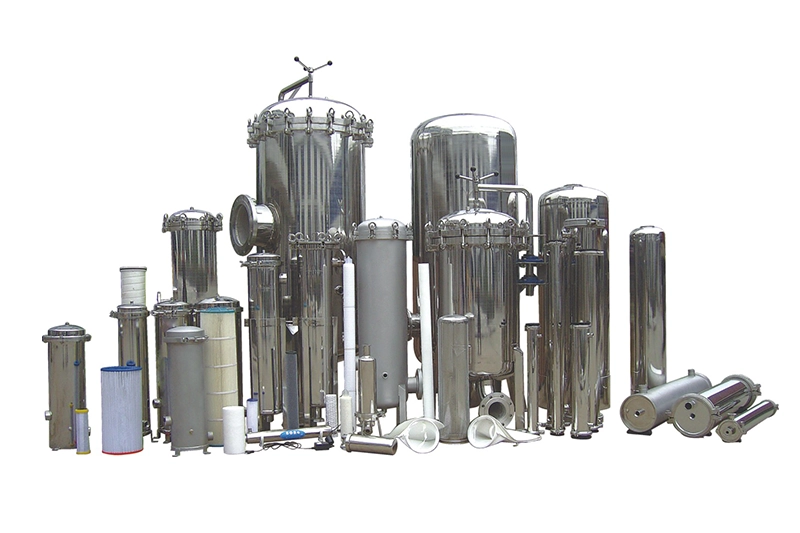
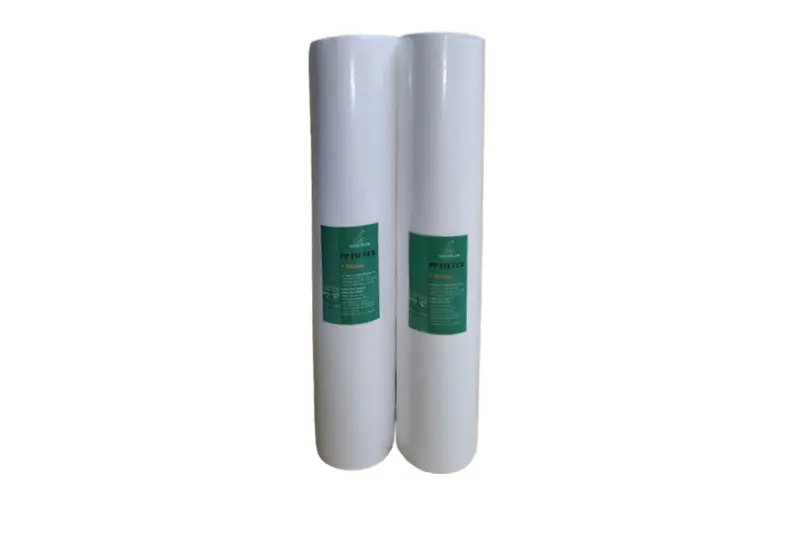
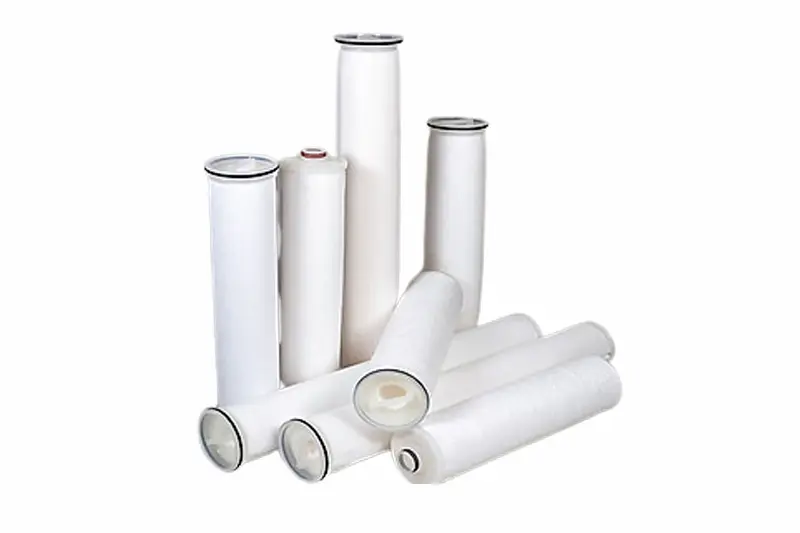


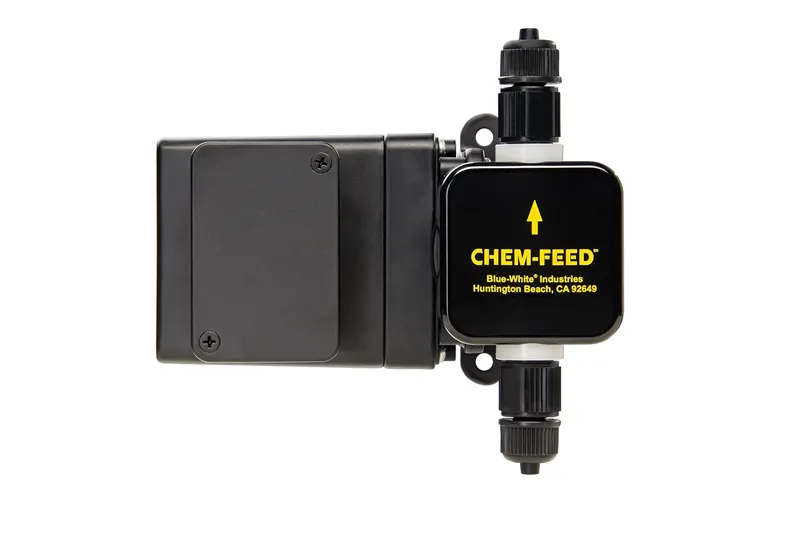
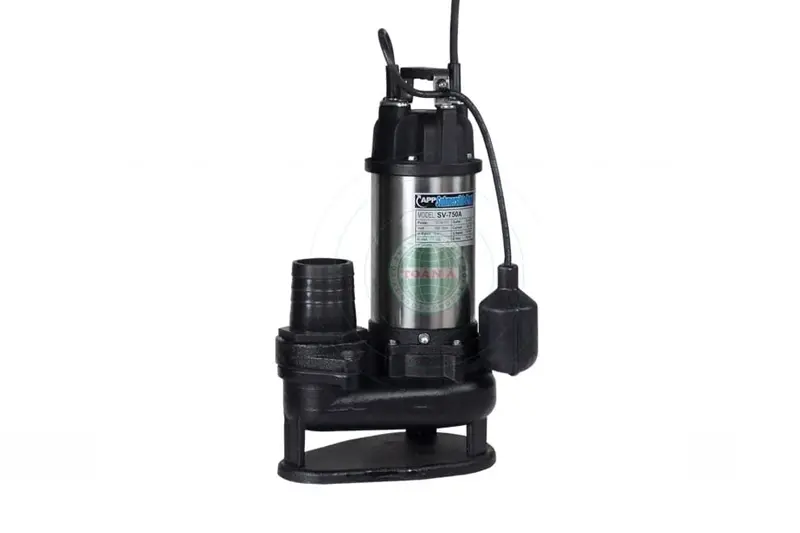
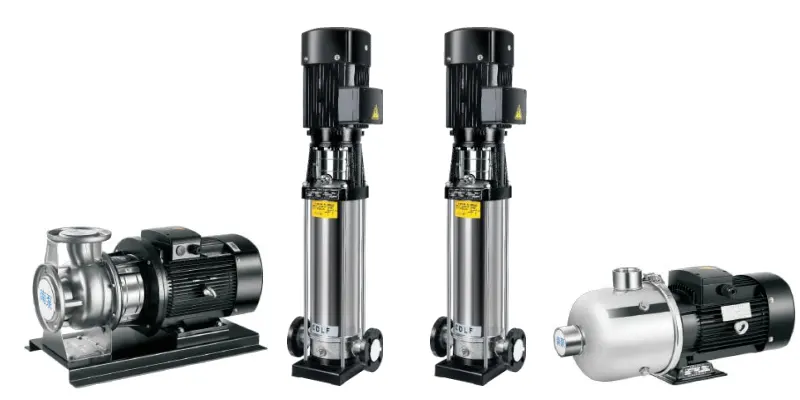


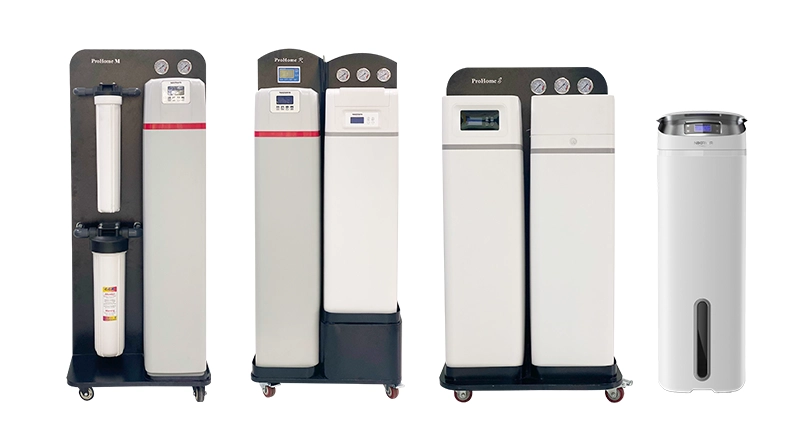
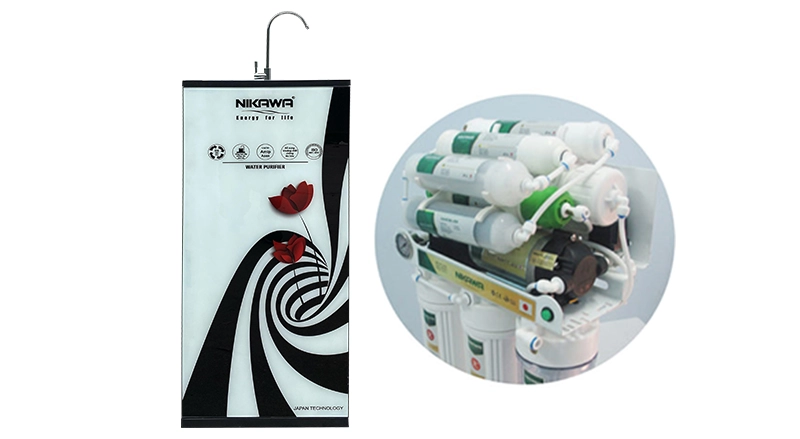
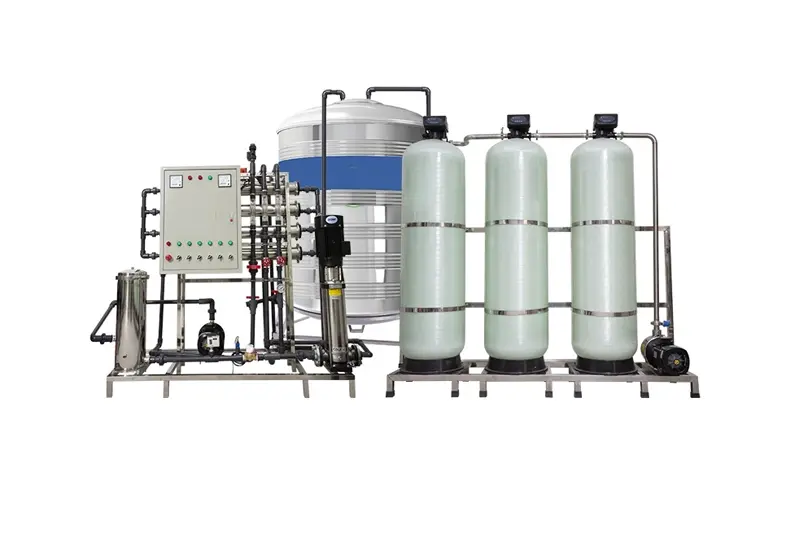
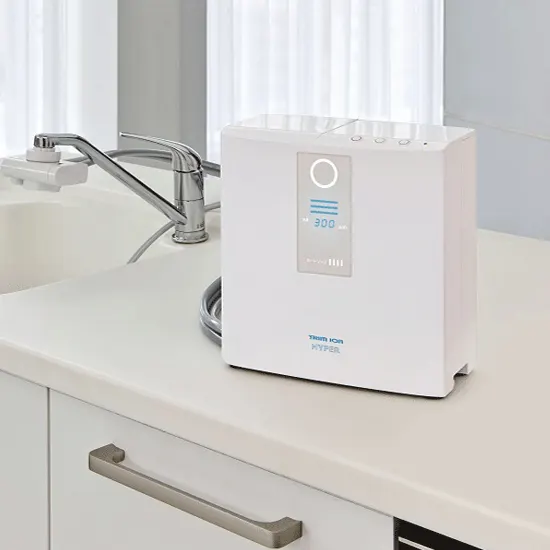
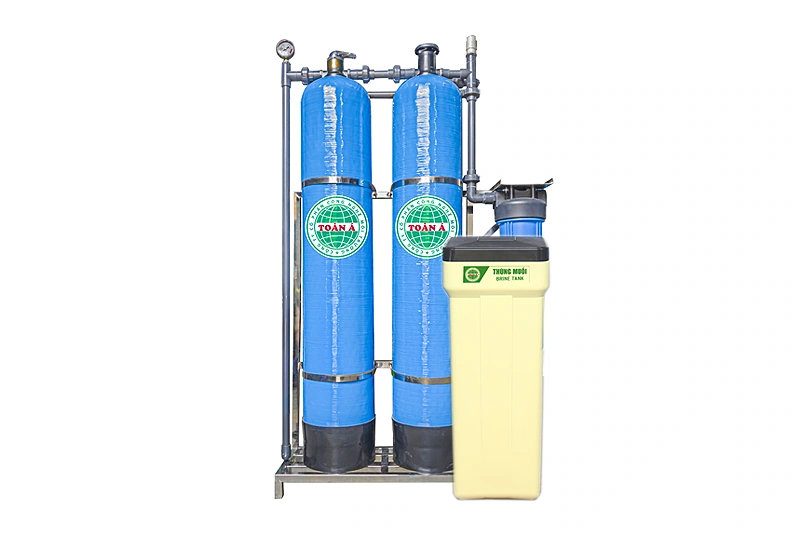


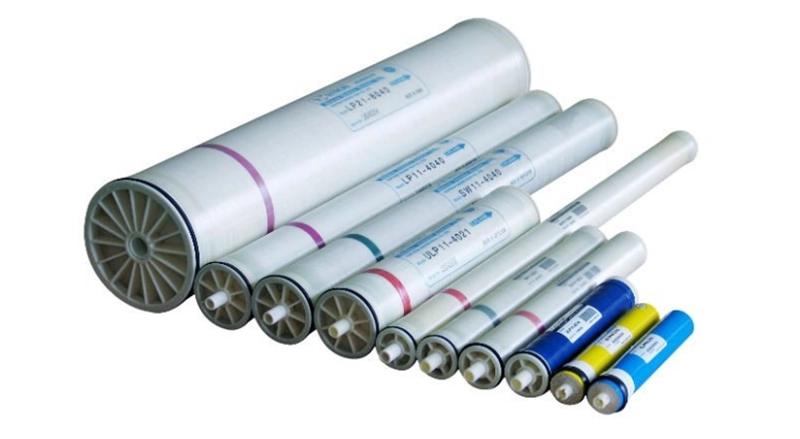
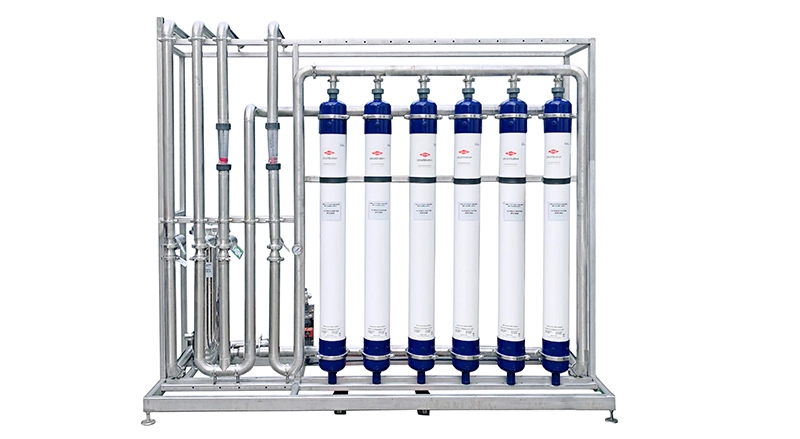


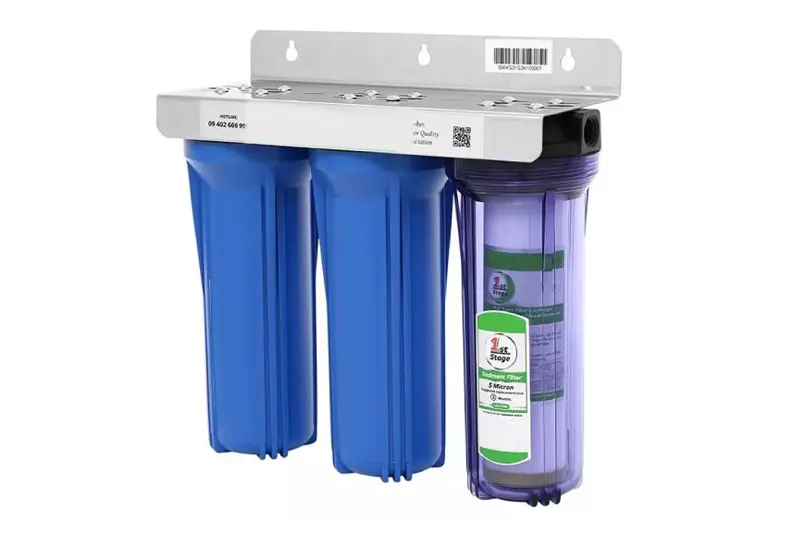
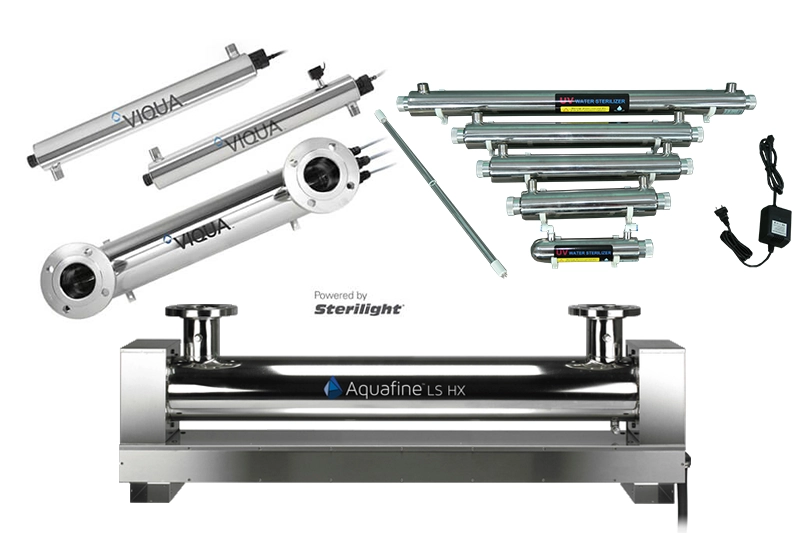
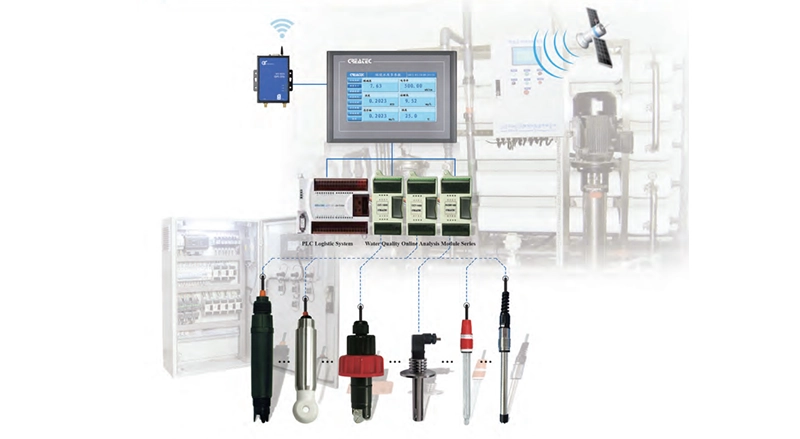
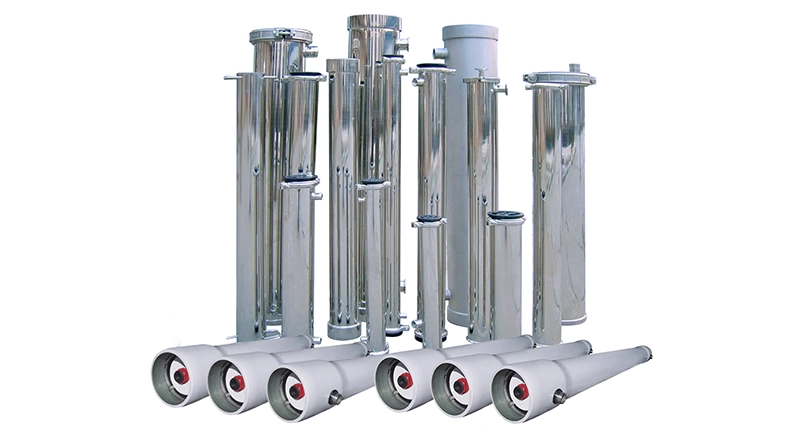
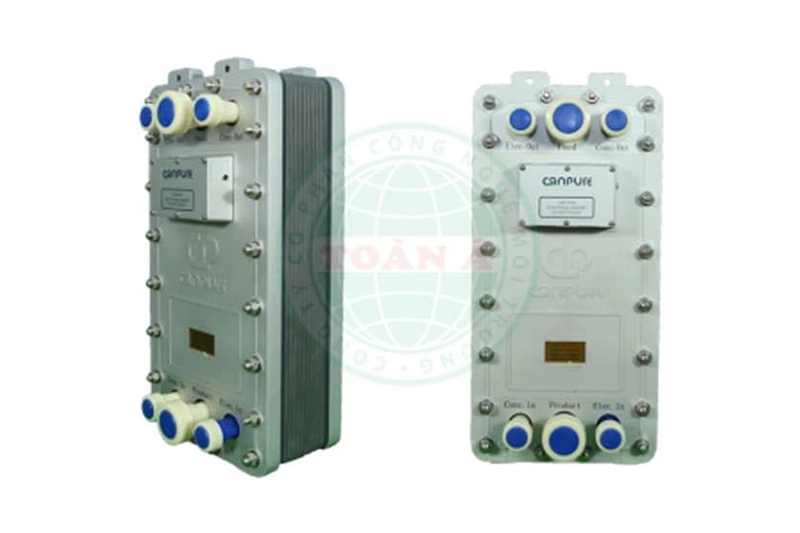
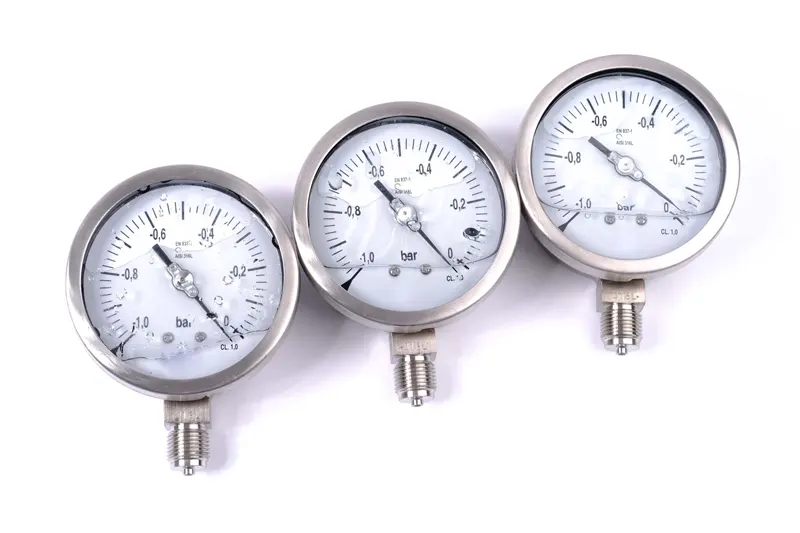
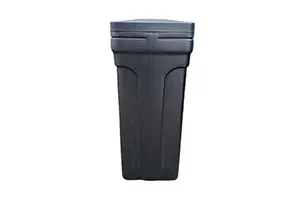


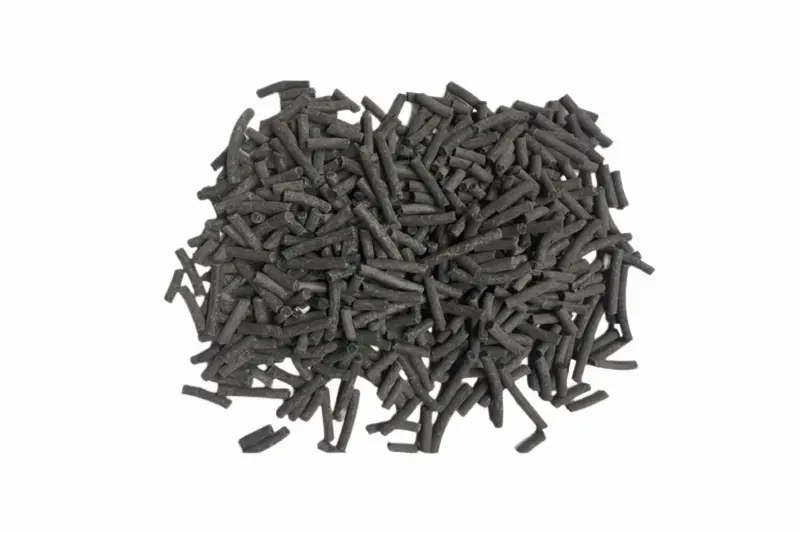
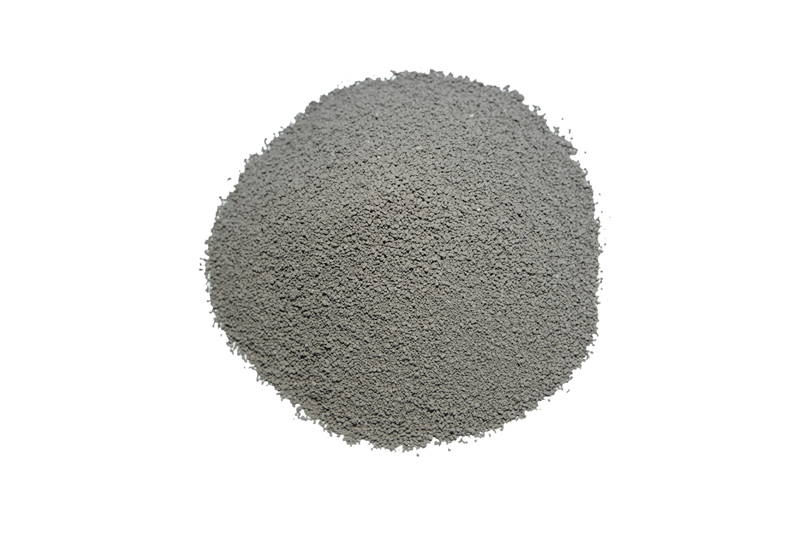
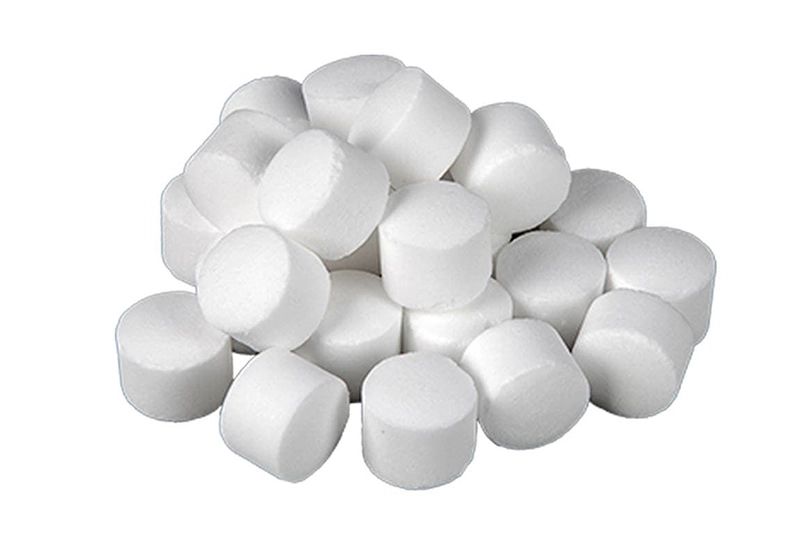
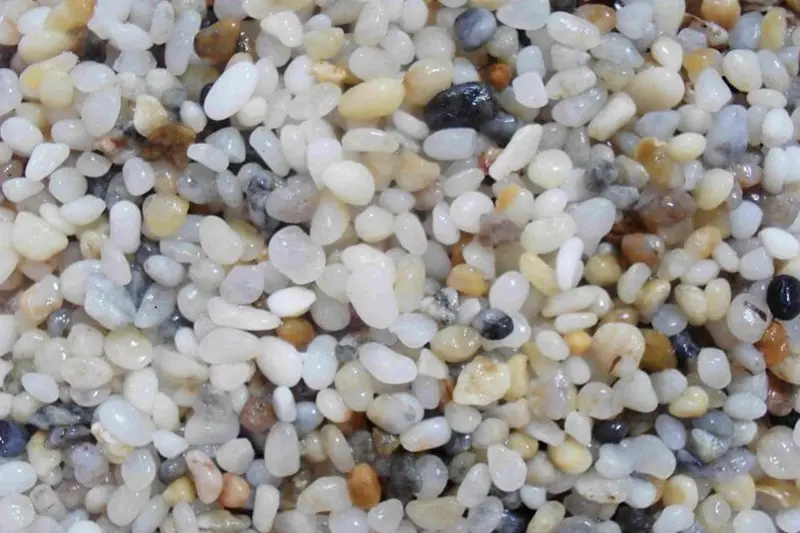
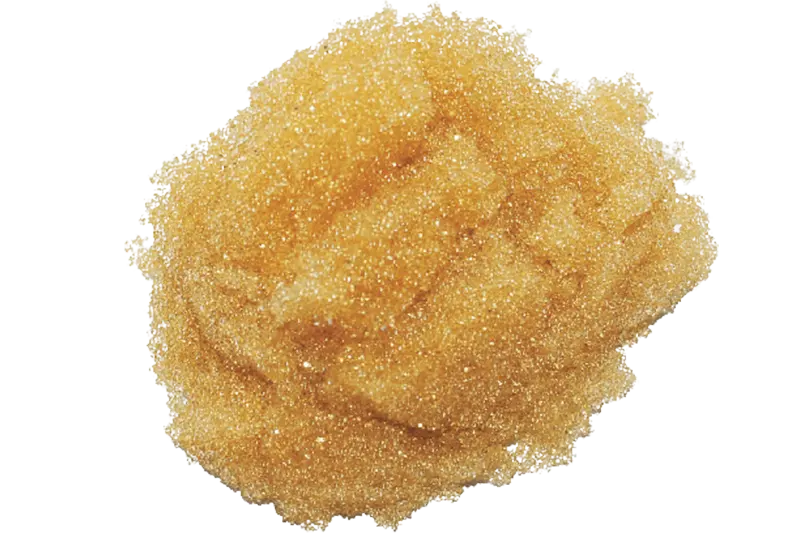






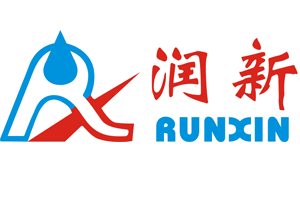
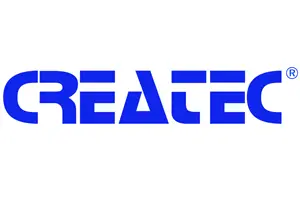
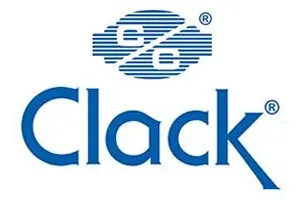
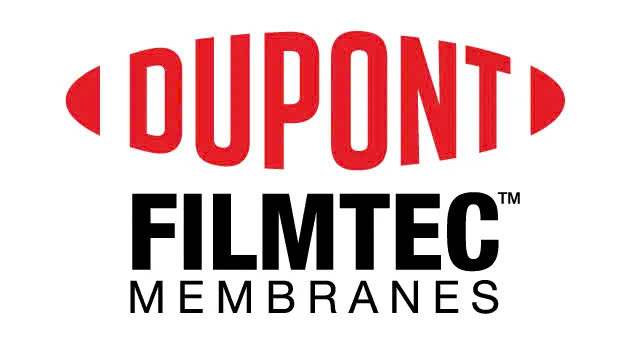
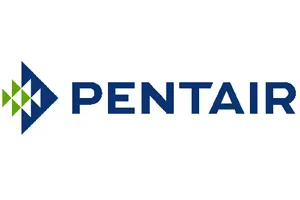
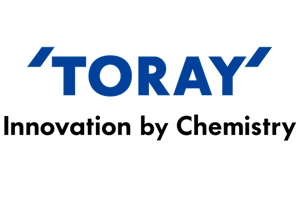

 Water Filter Columns
Water Filter Columns
 Water Filtration Membranes
Water Filtration Membranes
 Control Valves
Control Valves
 Water Filter Cartridges
Water Filter Cartridges
 Water Pumps
Water Pumps
 Water Filtration Equipment
Water Filtration Equipment
 Water Filtration Components
Water Filtration Components
 Water Filtration Materials
Water Filtration Materials
 Heat Pump Water Heaters
Heat Pump Water Heaters



 Products
Products  Solutions
Solutions  Project
Project  News
News